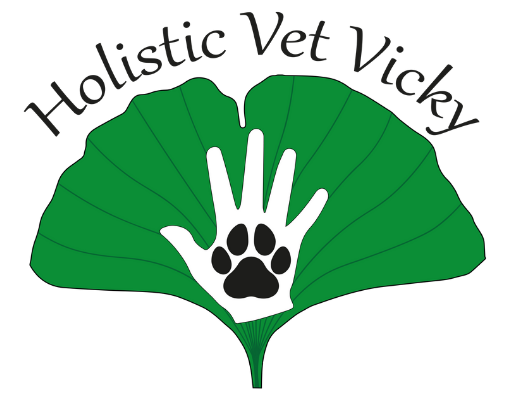THE MICROBIOME...
…is possibly The most important influencer of health in animals of every kind, including humans.
A healthy microbiome is one which contains a great diversity within its populations of microbes. What you or your pets eat, and what medications they take can hugely influence it. The microbiome is so complex and variable throughout the body, and to such a degree that each surface of each tooth can have a slightly different microbiome.
Diet obviously plays a huge role in keeping your micorbiome healthy. Some foods are considered ‘alive’, whilst others are considered ’dead’. Generally any highly heated or processed food is considered ‘dead’ as far as your microbiome is concerned. It gives them nothing that excites them, or helps them to flourish . Raw foods are very ‘alive’ as they have their own microbiome, which can add diversity to the microbiome they join when eaten. This is one reason why a raw food diet is so great for dog and cats, and why it’s so important that horses, small furries and ruminants also get lots of fresh foods in their diet. Too much sugar and too many processed foods can encourage more pathogenic microbes to flourish, whereas a fresh whole food diet encourages more healthy microbes. Also remember that what you put on your own, or your pets skin affects the microbiome there.
Another way diet can help the microbiome is through prebiotics. These are foods that contain high levels of insoluble fibre, that doesn’t get digested like soluble fibre, but feeds the bacteria in the colon. Great prebiotic foods include dandelion root, psyllium husk, marshmallow root, slippery elm bark, and many others.

Fermented foods are becoming huge in the human health industry and they are creeping into the veterinary world too. There are a plethora of pet probiotics available, but many of them only contain one strain of bacteria, maybe 2 or 3. Some human probiotics are like this too, although others contain many more strains. If you just take or give to your pet the same probiotic all the time then you are just adding one or a few strains. This is really only useful if you are lacking in this strain, so although it may help short term, longer term you need to get some variety in.
This is why I LOVE fermented foods – each different food that is fermented, creates a different selection of microbes during its fermentation. There is also some variety in the populations depending on the fermentation process. So by feeding a selection of fermented foods you are adding a plethora of different microbes to your own or your pet’s microbiome. It’s also fun because these are foods that you can share with your pet to improve the health of you both.
Examples include: Sauerkraut (cabbage, although other veg can be mixed in with it), Kefir (milk, coconut milk or coconut water), Yoghurt (dairy or non-dairy milks), Kimchi (Chinese leaves &/or other veg, usually with onion/garlic & chilli but avoid these in pets), etc.
The possibilities are endless as most vegetables can ferment. If you want to try fermenting at home then I would recommend you find a good resource, like a book or website, to guide you.
In America they have a pioneering pet food company called Answers, who make fermented pet food and I cannot wait for something like this to appear in the UK.
Finally, medications can have a huge influence on the microbiome, especially antibiotics. These are indiscriminate in the body, killing both good and bad bacteria, so although they can help resolve infections with pathogenic bacteria, they can also knock down a lot of the great & healthy populations throughout the body, but especially in the gut. For this reason it is so important to use antibiotics responsibly, and where needed only, rather than as preventatives or ‘just in case’. It is also important to select the correct antibiotic, and this is where the more modern culture of swabbing to test for sensitivity & resistance is great progress.
Herbal medicines can influence the microbiome too. Immuno-modulating herbs can encourage the body’s own immune system to regulate its microbiome, whilst microbial modulators can directly influence the microbial populations. Either way there is discouragement of unhealthy populations of pathogenic microbes and encouragement of healthy populations of non-pathogenic microbes. This is where there is a fine line between what is diet and what is medicine, but as a herbalist it is a line I dance on both sides of with my patients.
If you are interested in the microbiome then Missing Microbes by Martin Blaser is fascinating. Super geeky, but super interesting!
Stay Healthy. Stay Happy.
Vx

Recent Comments